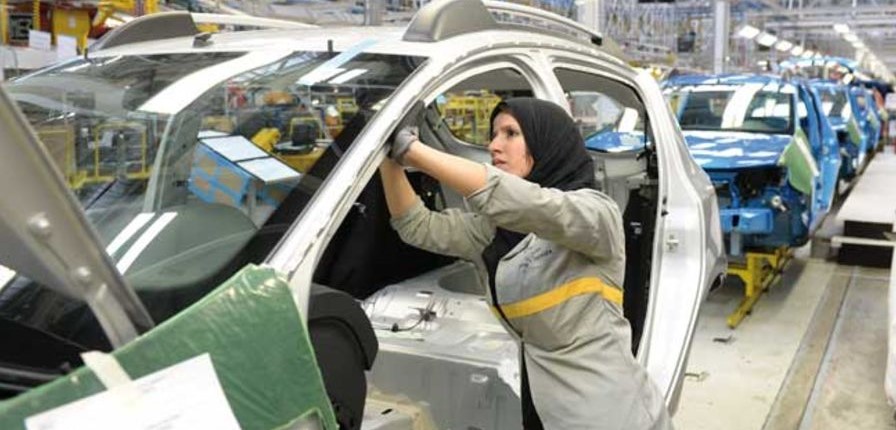(3 Minutes Read)
Morocco has emerged as a dominant force in Africa’s automotive industry, surpassing South Africa to claim the title of the continent’s largest car producer. Strategic investments and a focus on electric vehicle production have propelled the growth.
Morocco’s automotive industry has surged in recent years, fueled by significant investments and strategic partnerships with global automakers. With factories operated by Renault-Dacia and Stellantis, Morocco has solidified its position as a major player in the global automotive industry.
South Africa has been the undisputed number one in vehicle manufacturing on the continent for several decades, and this is now a thing of the past. It’s been forecasted that Morocco will produce just under 614,000 cars and light commercial vehicles in 2024. In contrast, South Africa’s production of passenger cars and commercial vehicles is projected to decrease to 591,000 units. This trend is fueled by poor logistical performance and an increase in vehicle imports in South Africa in 2024. This is coupled with continuous investments in the Moroccan automotive industry, which will support the growth of its local production, particularly regarding electric vehicle (EV) projects.
Read Also:
https://trendsnafrica.com/china-to-focus-on-morocco-for-ev-manufacturing/
https://trendsnafrica.com/morocco-aims-at-hitting-one-million-mark-in-ev-production-by-2025/
Morocco is well-positioned to maintain its status as a top destination for automotive investments. This is due to several factors, which, in addition to the growth potential for electric vehicle production include the country’s proximity to the European Union, existing trade agreements, robust logistics infrastructure, and attractive market incentives.
Morocco produced over 582,000 cars in 2023, despite having a total production capacity of 1 million vehicles. According to predictions from Fitch Solutions’ analysts, production will experience an average annual growth of 6.8% over the forecast period to 2033 to reach an annual volume of 1.09 million units.





